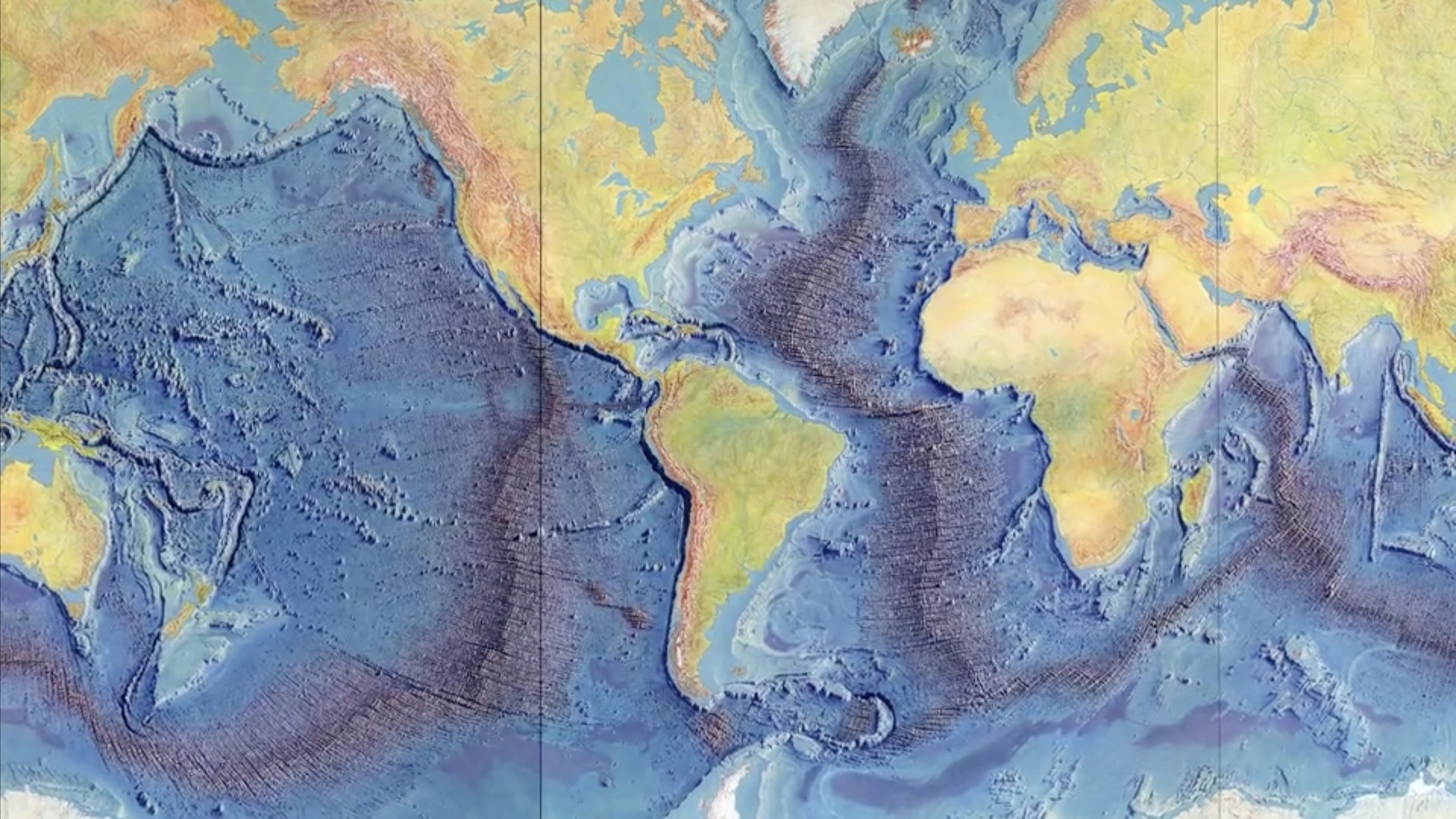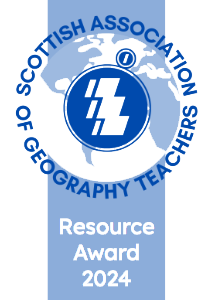
The theory and discovery of plate tectonics
Plate Tectonics Knowledge Booster

Developed in partnership with


Log in or sign up to manage your videos and for new video alerts
Log
in
Course links: GCSE • IGCSE • A-level • IA-level • IB • National 5 • Higher Geography
Contents
How do the physical processes of the Earth's interior shape the landscapes of our planet? This is a fundamental question that plate tectonics theory seeks to answer.
In this video, we explore:
- • What is plate tectonics theory, and how was it discovered?
- • Differences between oceanic and continental crust.
- • How plate movement is driven by a combination of forces from mantle convection, ridge push, and slab pull.
- • Different types of plate boundaries and locations of earthquakes and volcanic eruptions.
Acknowledgements
Written and developed by: Paul Eizenhöfer, Rebecca Bell, Rob Parker, Josh Carron, Emily Bilbie, Tim Parker
Attributions
De Wegener Kontinente by Alfred Wegener is in the public domain.
Alfred Wegener Portrait is in the public domain.
Cynognathus Crateronotus by SeismicShrimp is licensed under CC BY 4.0
Photograph of Marty Weiss, Al Ballard, and Marie Tharp is in the public domain.
Photograph of Don Blomquist and Marie Tharp at drafting table is in the public domain.
Draining the Oceans by NASA is in the public domain.
Basalt and Granite photographs by are licensed under CC BY 2.0
Painting of Heezen-Tharp World ocean floor map by Berann is in the public domain.
Scotese, C.R., 2019. Plate Tectonics, Paleogeography, and Ice Ages is licensed under CC-BY-3.0



